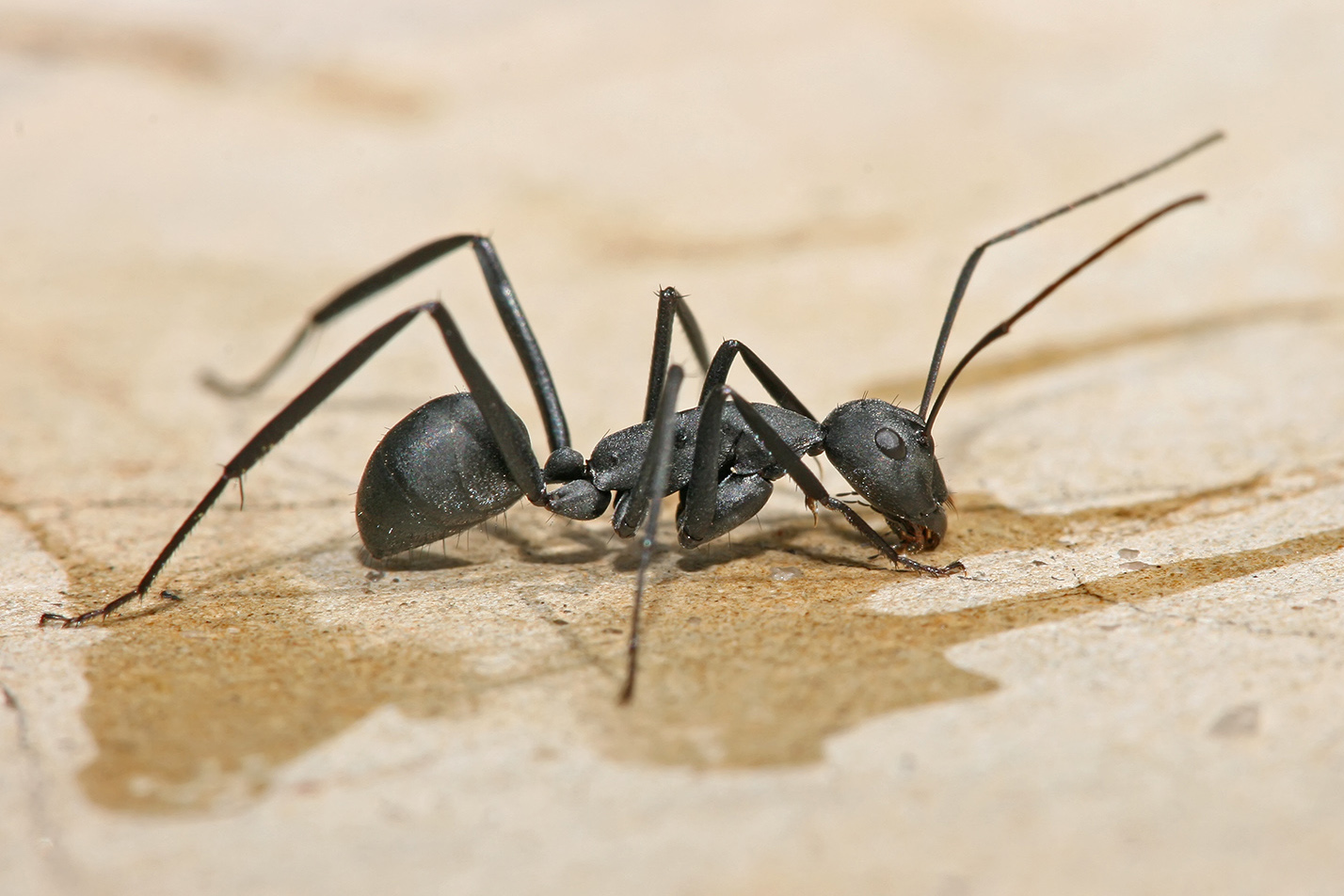|
Camponotus Vicinus
''Camponotus vicinus'' is a species of ant in the subfamily ''formicinae''. ''C. vicinus'' is widespread throughout western North America, from Alaska, south to Mexico, and east to Texas and Manitoba. Unlike its wood nesting "carpenter ant" relatives, ''Camponotus vicinus'' is typically found nesting in the soil under stones and other objects. The giant ants in the 1954 film Them! are identified as ''C. vicinus'', despite multiple anatomical differences, including the presence of a sting, which is absent in ''Formicine'' ants. References Further reading * External links * vicinus Martha Vicinus (born November 20, 1939) is an American scholar of English literature and Women's studies. She serves as the Eliza M. Mosher Distinguished University Professor of English, Women's Studies, and History at the University of Michigan. ... Articles created by Qbugbot Insects described in 1870 {{ant-stub ... [...More Info...] [...Related Items...] OR: [Wikipedia] [Google] [Baidu] |
Them!
''Them!'' is a 1954 American black-and-white science fiction film, science fiction monster film from Warner Bros. Pictures, produced by David Weisbart, directed by Gordon Douglas (director), Gordon Douglas, and starring James Whitmore, Edmund Gwenn, Joan Weldon, and James Arness. The film is based on an original story treatment by George Worthing Yates, which was then developed into a screenplay by Ted Sherdeman and adaptation by Russell S. Hughes, Russell Hughes. ''Them!'' is one of the first of the 1950s "nuclear monster" films, and the first "arthropods in film, big bug" feature film to use insects as the monster. A nest of Enlargement (in fiction)#Excessive growth, gigantic irradiated ants is discovered in the New Mexico desert; they quickly become a national threat when it is discovered that two young queen ants and their consorts have escaped to establish new nests. The national search that follows finally culminates in a battle with ''Them'' in the concrete spillways a ... [...More Info...] [...Related Items...] OR: [Wikipedia] [Google] [Baidu] |
Formicinae
The Formicinae are a subfamily within the Formicidae containing ants of moderate evolutionary development. Formicines retain some primitive features, such as the presence of cocoons around pupae, the presence of ocelli in workers, and little tendency toward reduction of palp or antennal segmentation in most species, except subterranean groups. Extreme modification of mandibles is rare, except in the genera ''Myrmoteras'' and ''Polyergus''. However, some members show considerable evolutionary advancement in behaviors such as slave-making and symbiosis with root-feeding hemipterans. Finally, all formicines have very reduced stings and enlarged venom reservoirs, with the venom gland, specialized (uniquely among ants) for the production of formic acid. All members of the Formicinae "have a one-segmented petiole in the form of a vertical scale". Identification Formicine ants have a single node-like or scale-like petiole (postpetiole entirely lacking) and the apex of the abdom ... [...More Info...] [...Related Items...] OR: [Wikipedia] [Google] [Baidu] |
Articles Created By Qbugbot
Article often refers to: * Article (grammar), a grammatical element used to indicate definiteness or indefiniteness * Article (publishing), a piece of nonfictional prose that is an independent part of a publication Article may also refer to: Government and law * Article (European Union), articles of treaties of the European Union * Articles of association, the regulations governing a company, used in India, the UK and other countries * Articles of clerkship, the contract accepted to become an articled clerk * Articles of Confederation, the predecessor to the current United States Constitution *Article of Impeachment, a formal document and charge used for impeachment in the United States * Articles of incorporation, for corporations, U.S. equivalent of articles of association * Articles of organization, for limited liability organizations, a U.S. equivalent of articles of association Other uses * Article, an HTML element, delimited by the tags and * Article of clothing, an i ... [...More Info...] [...Related Items...] OR: [Wikipedia] [Google] [Baidu] |
